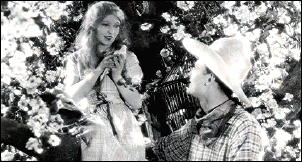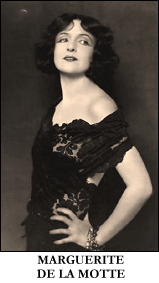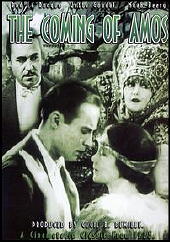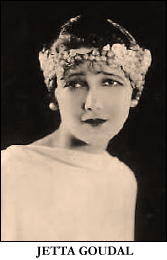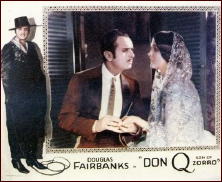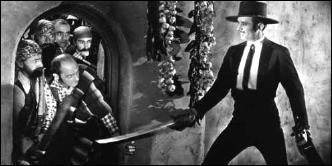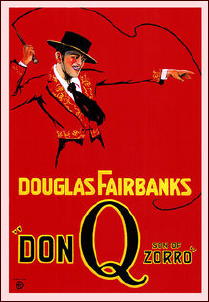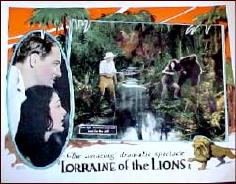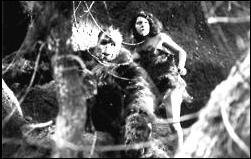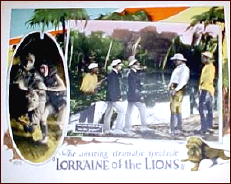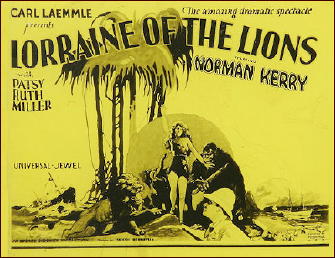Sat 22 Jan 2011
A Movie Review by Walter Albert: WILD HORSE MESA (1925).
Posted by Steve under Reviews , Silent films , Western movies[4] Comments

WILD HORSE MESA. Famous Players-Lasky, 1925. Jack Holt, Noah Beery, Billie Dove, Douglas Fairbanks, Jr., George Magrill, George Irving, Edith Yorke, Bernard Sigel, Margaret Morris, Eugene Pallette. Based on the novel by Zane Grey. Director: George B. Seitz. Shown at Cinefest 28, Syracuse NY, March 2008.
The fellow who introduced the film referred obliquely to a very warm relationship between Zane Grey and female star Billie Dove. You can’t blame Grey. She’s very appealing, and after some initial palling around with Fairbanks, she finally settles on the character’s older brother (Jack Holt) when he shows up to get the plot really moving along.
Noah Beery is the totally reprehensible villain, but he’s matched (if not in charisma, at least in villainy), by another of Dove’s admirers, Bert Manerube (played by George Magrill).

Manerube conceives the dastardly plan of driving horses into a canyon whose exit is blocked by a barbed wire fence that he argues will bring the horses up short. They won’t, he claims, run into the fence in their eagerness to escape their pursuers.
When Holt points out the fallacy in this plan, Manerube joins forces with Beery and the action doesn’t let up until the final romantic fade-out. Among the film’s many pleasures are the performance by the magnificent white stallion who leads the wild horses and the beautiful photography by Bert Glennon, who would be a member of John Ford’s regular crew, with Stagecoach among his credits.


